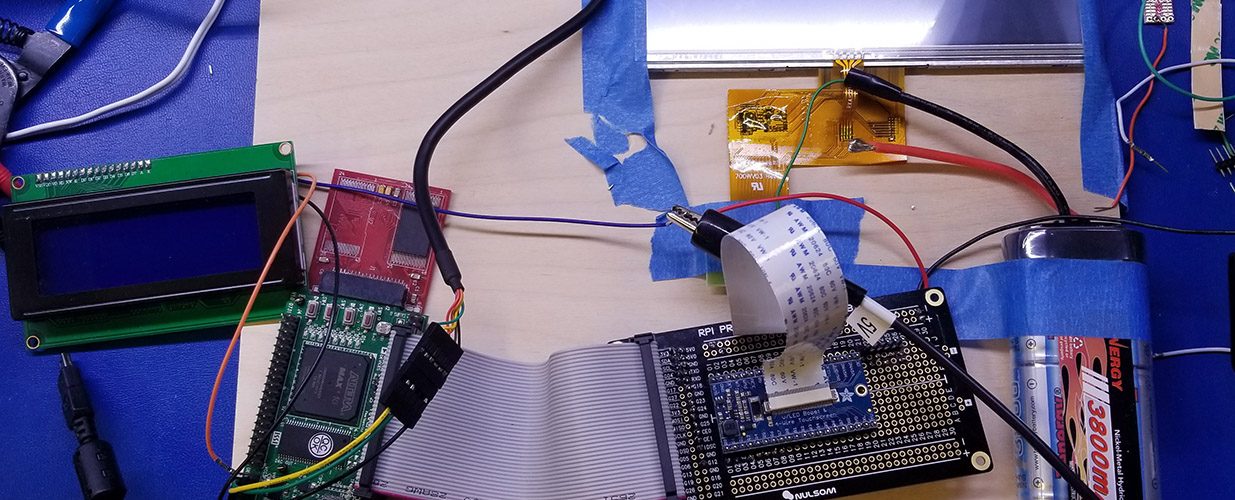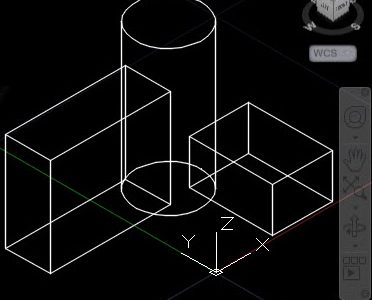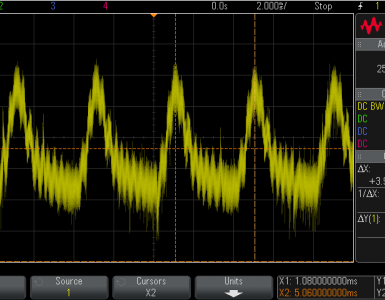I delivered a presentation at Hackers On Planet Earth in July 2018 in New York City.
For a few different reasons, that presentation was cut short. I decided to rerecord the delivery of the presentation and make it available on my site. I have new found respect for people who make these videos. There’s multiple layers involved to get everything just right. I’m not sure I met that bar, but without further ado
I’ll be following up shortly with a link to some source code.







I really enjoyed the video. I had Ataris, not Commodores.. But now I have both.. Along with sgi, hp and Dec unix hardware.. For the same reason you want to build your own computer.. To learn… Easier to learn on a simpler model..
Anyway, with your fpga knowledge, I was wondering if you were interested in creating a pure fpga solution… Using a mister fpga. Seems like a perfect fit for you…
I’d love to do what you do.. I’m working on it.. Getting my hands dirty with multiple assembly languages. Will move on to fpga in the future.. I have a de 10 nano mister setup I can use
Sorry for the delayed response.
Thank you for your comments.
So you were an Atari ST user? Eeeewwww. 🙂 Just kidding! I’m sure you knew that Jack Tramiel had his imprint in both Commodore Amiga and Atari ST worlds, so it’s not surprising that both were actively competing against each other in terms of market and price.
Your HP hardware…. is it HP-UX 10.20 era equipment? I have a HP logic analyzer that is based on a PA-RISC HP system circa 1999. Lately I’ve been playing around with that and spend some time in their shell. Gotta get Bash installed from Merlin’s (SP!) collection of utilities, if you know what I’m speaking about….
Are you talking about MIST? Yes, I have a couple minimig’s which was the predecessor to the MIST…. I have so many of these different type of boards.
When you say pure fpga solution, what exactly do you mean? You always need some hardware, definitely RAM for anything over hundreds of kilobytes, and some video hardware, some sound hardware like amplifiers, and so on. In general, as soon as you talk about going off-FPGA, ie external, you need some support components to enable you to do that. Some DAC of sorts, LCD drivers, and so on. Just about 100% of the logic, including the soft-core CPU is inside the FPGA now……
Best of luck to you, and thanks much for the comments!